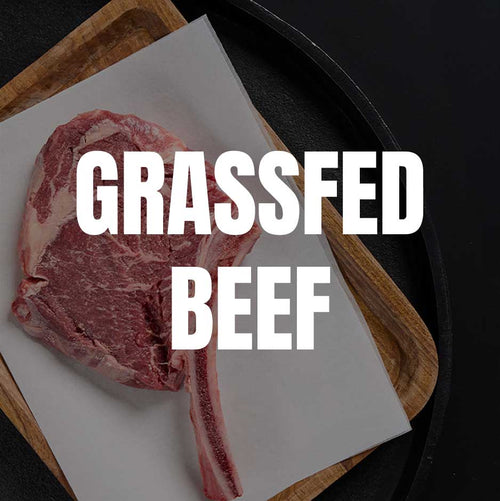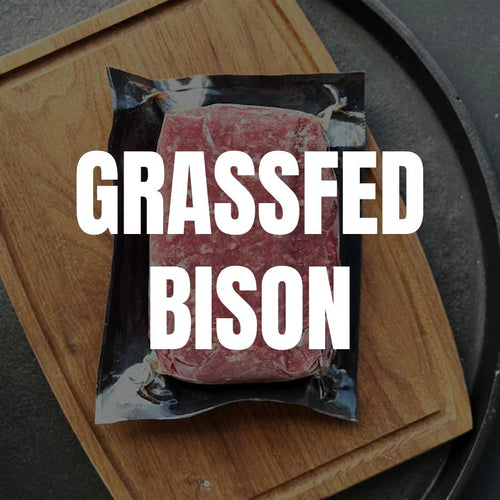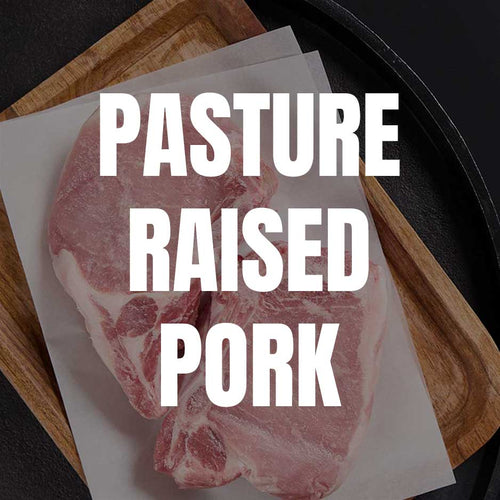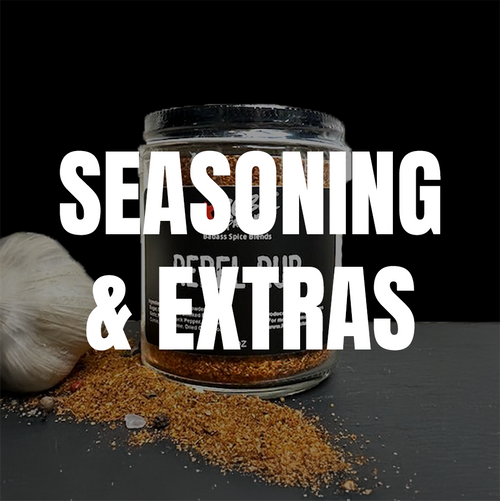It’s that time of year again. When conventional farmers are using government approved “regenerative” techniques to turn their giant fields of green cover crops into brown expanses of dead plant life.
Before we farmed, I didn’t pay as much attention to the changes in the fields in the spring. But it’s now something we are acutely aware of...
One day a field is as green as the eye can see...
Then you see the sprayer making neat rows up and down the field.
Over the next week streaks of yellow begin to form until, eventually, the entire field is dead.
The magical chemical used to by conventional farmers across the world? Glyphosate aka Roundup.
What is Glyphosate?
Originally created in 1950 by a chemist employed by a pharmaceutical company, Glyphosate is actually an antibiotic. When a use couldn’t be found for it, it sat in a research report somewhere. Until 1964 when it was unearthed and patented as a way to clean mineral deposits in pipes.
At that time, Monsanto scientists were experimenting with using water softening chemicals as herbicides. This led the scientists to Glyphosate. 1970 was the first time that Glyphosate was tested as an herbicide. As you can imagine, it knocked the socks off those scientists. In 1971 it was patented by Monsanto and in 1974, Monsanto trademarked the name “Round Up” and introduced it to the market.
So before glyphosate was even marketed as round up, it’s been a:
👉Failed pharmaceutical antibiotic
👉Chelating and descaling agent
👉Herbicide
The Roundup Boom
After being marketed as Roundup, it quickly took off in the agricultural sector. Big Ag grew to depend on this product for their production unlike any other “cide” out there. It was like hitting the easy button. Farmers and backyard enthusiasts alike no longer needed to worry about weeds. In addition, Big Ag learned they could fast track the harvest of grains by spraying it on mature crops to reduce drying times.
In 1996, “Roundup Ready” or GMO crops were introduced and Glyphosate sales EXPLODED. Farmers could now spray this chemical right ON their crops to kill weeds without damaging the crop at all. In addition, the use of glyphosate surged due to more frequent applications, increased usage across various fields, and higher quantities being applied each time.
All I can think of are the words from the sweet Ethel in the Frank’s hot sauce ads when she says, “I put that $#!t on everything.”
Glyphosate Usage
💀From 1974-2014 over 3.5 billion lbs of glyphasate has been applied.
💀Two thirds of that has been applied in just the last 10 years between 1974 and 2014.
💀Iowa and Illinois, the leading producers of corn and soy, were responsible for 15% of the country's glyphosate usage in 2019.
In 2018 Bayer bought Monsanto for $63 Billion.
Now you know the creation and usage history of the compound, Roundup. Next we will dig into the health risks, environmental impact and regulatory response to Glyphosate.
References:
















